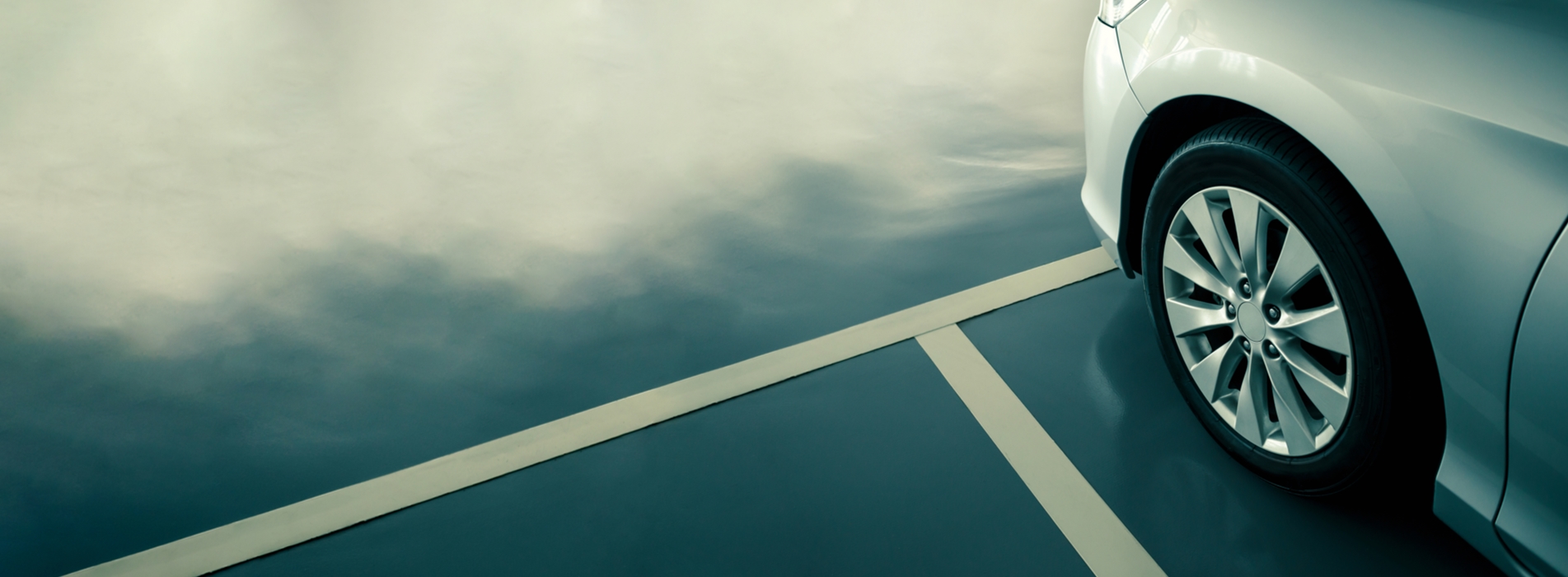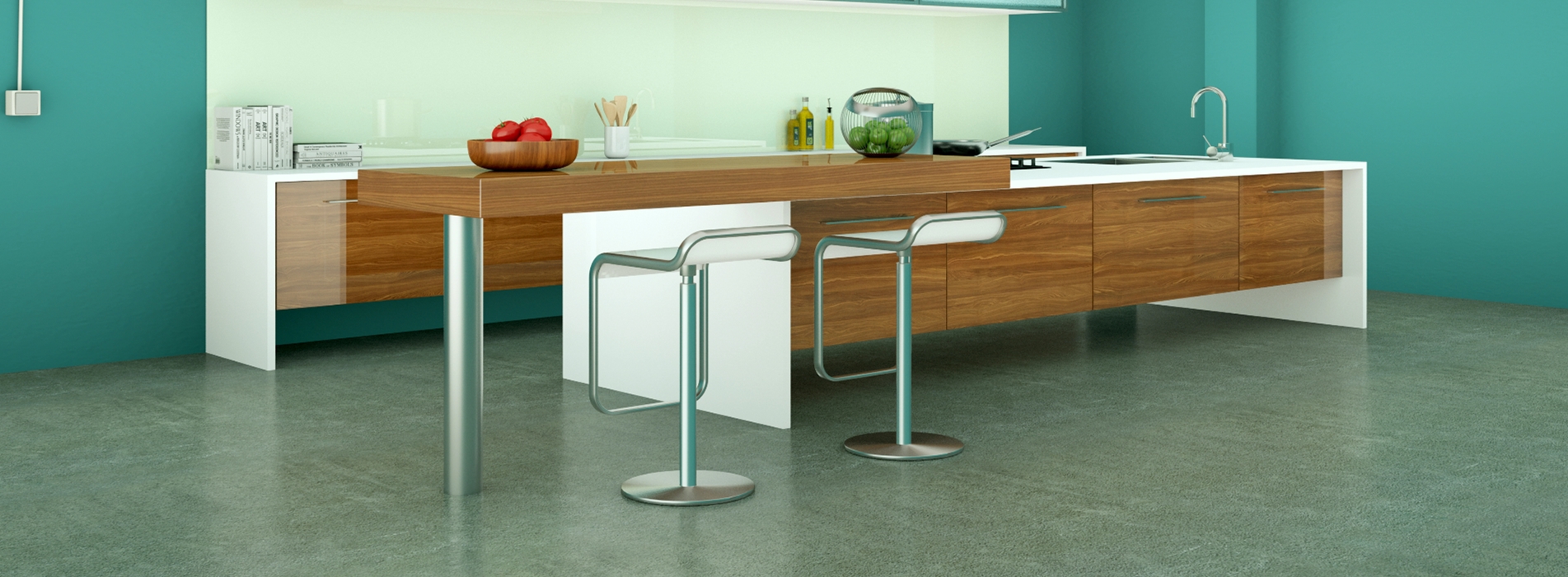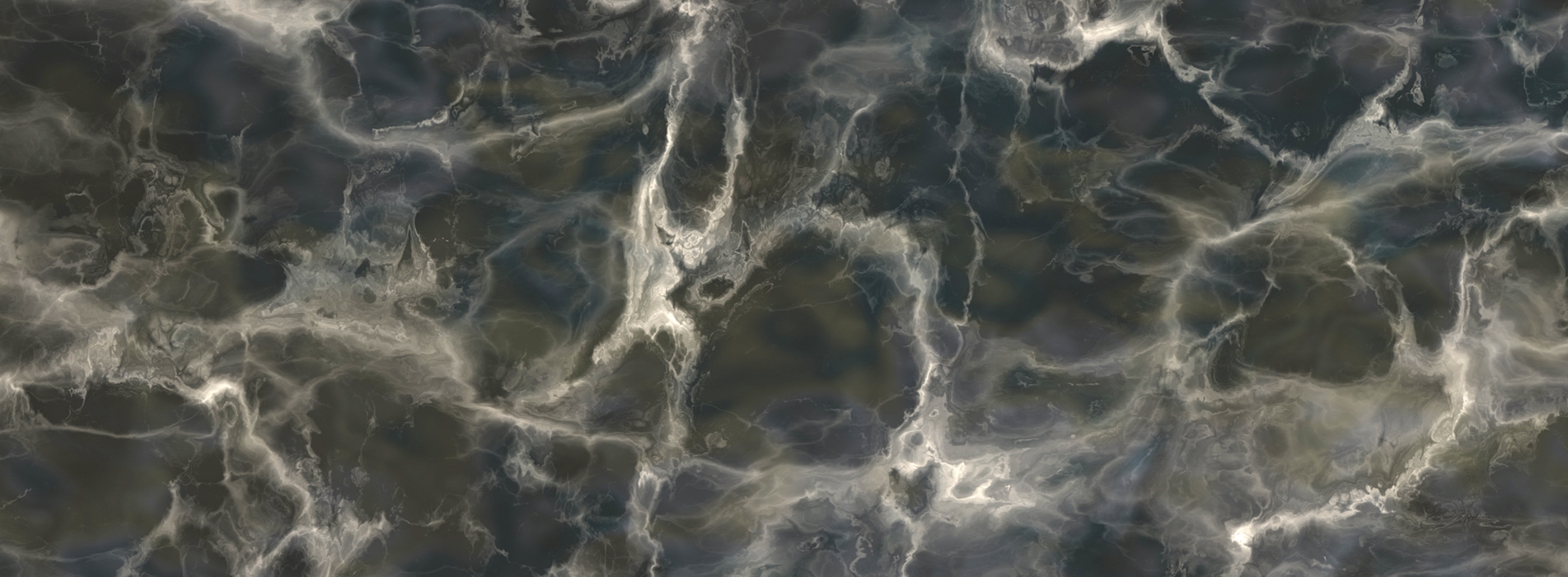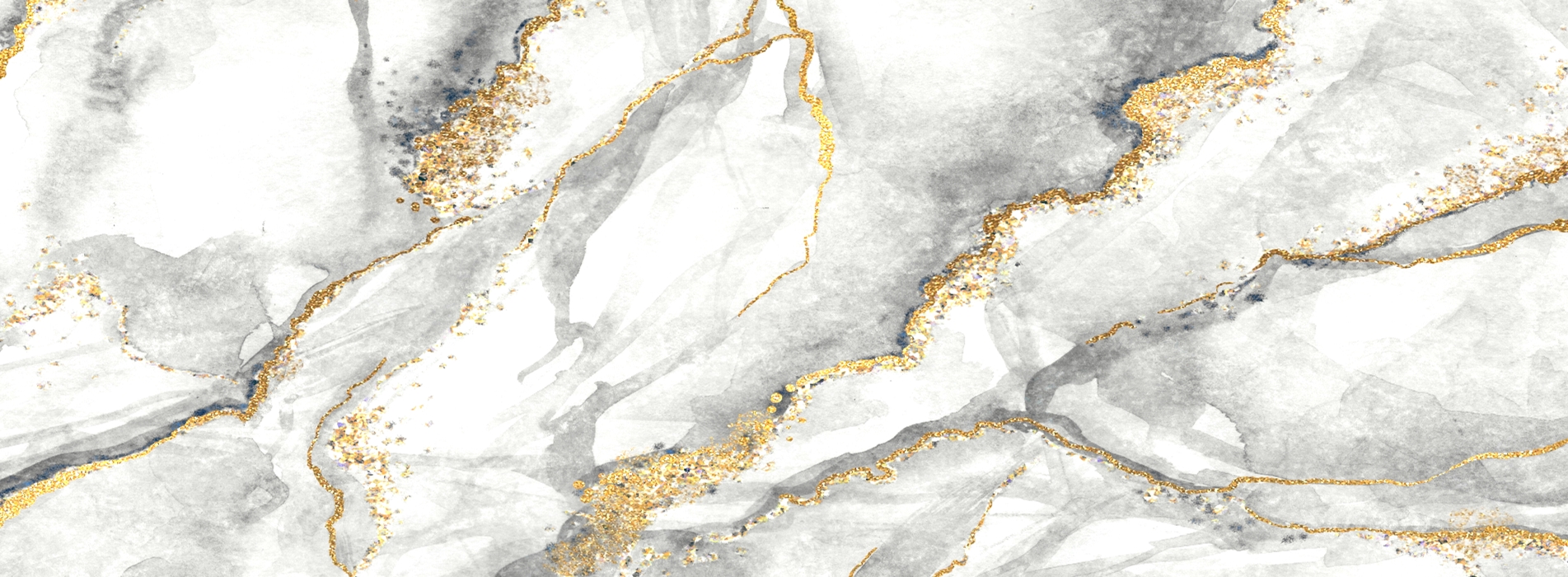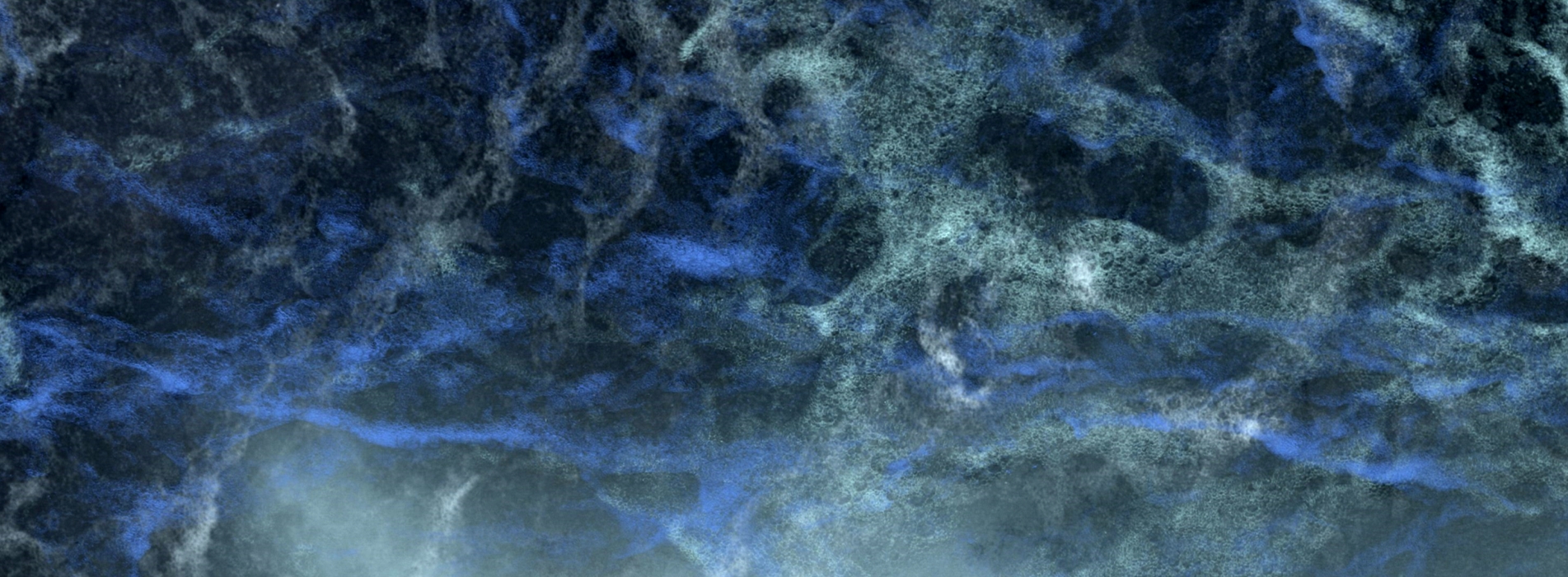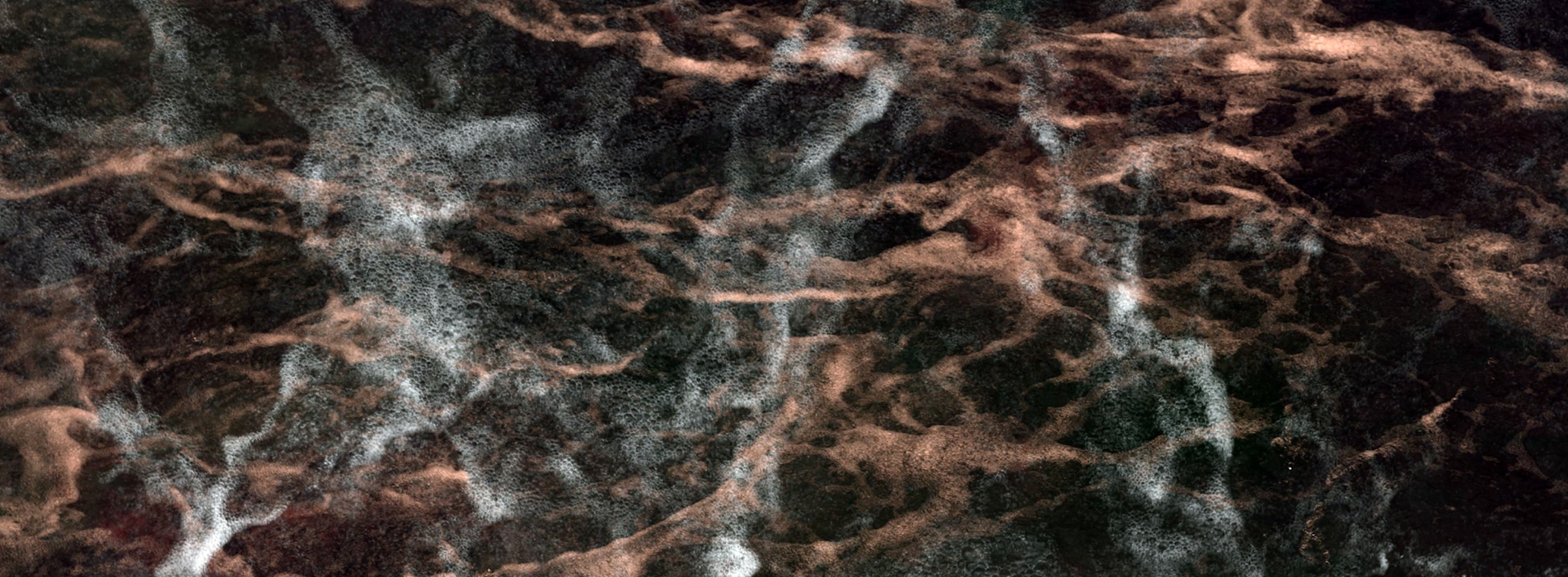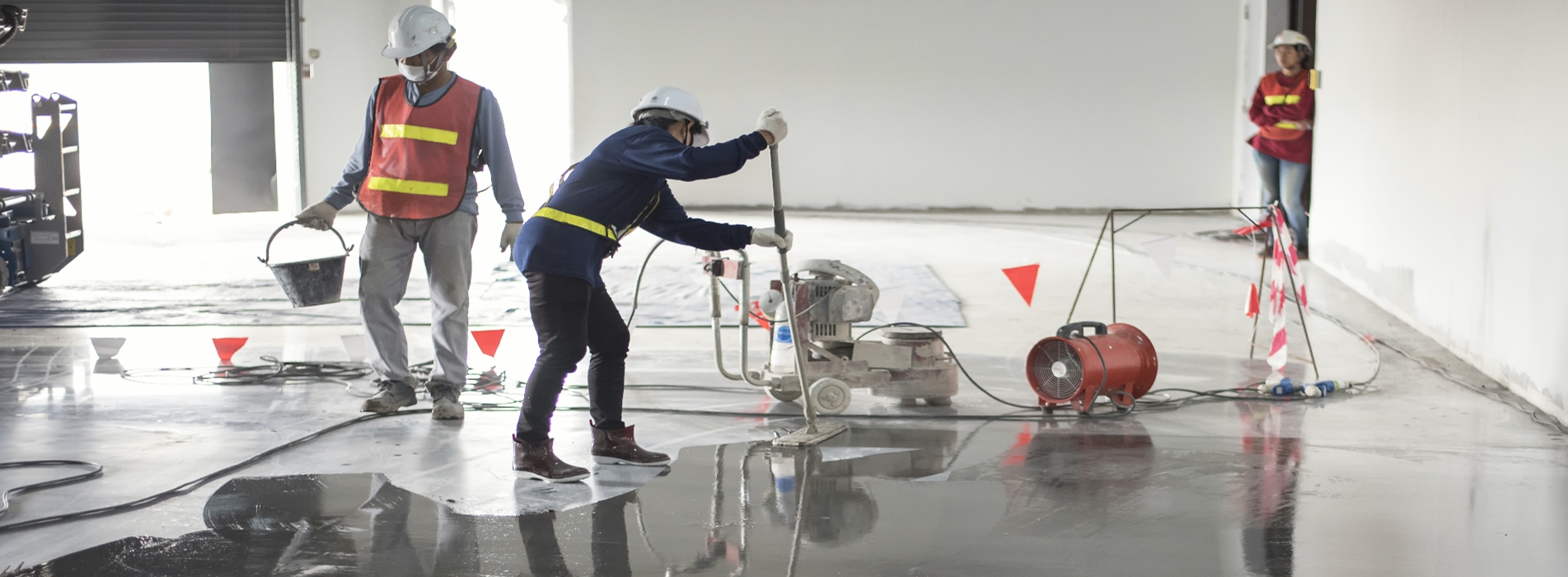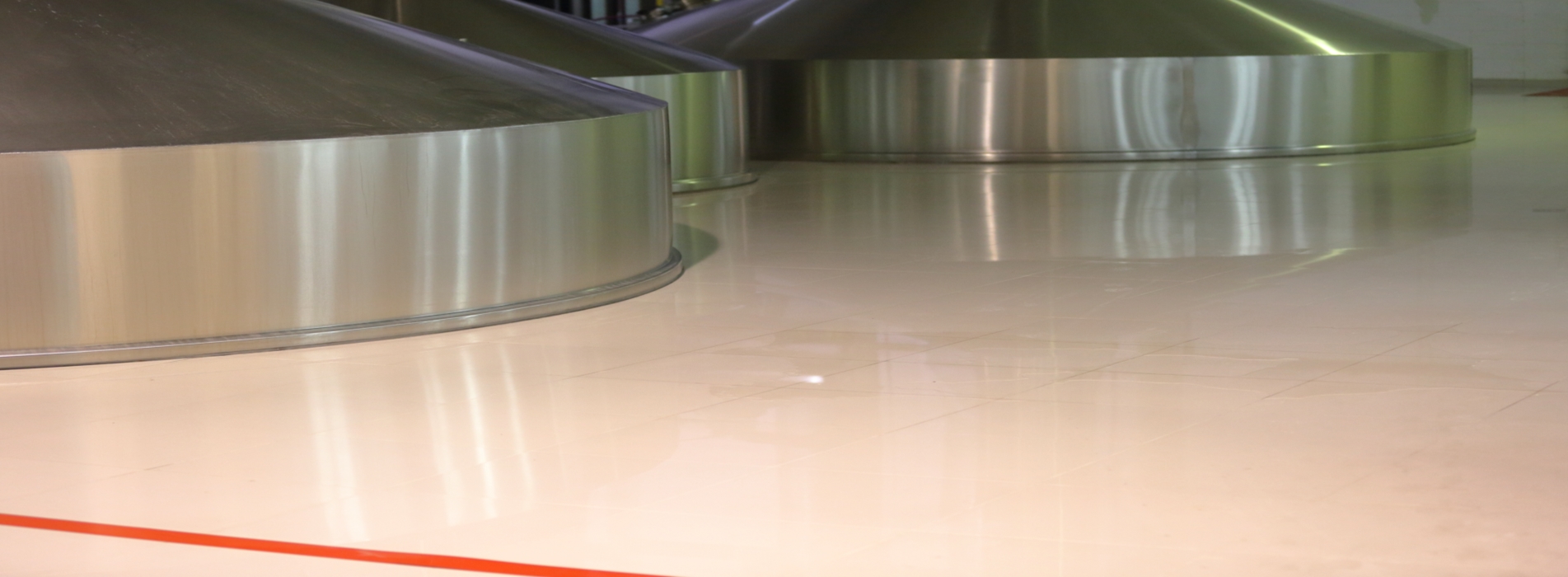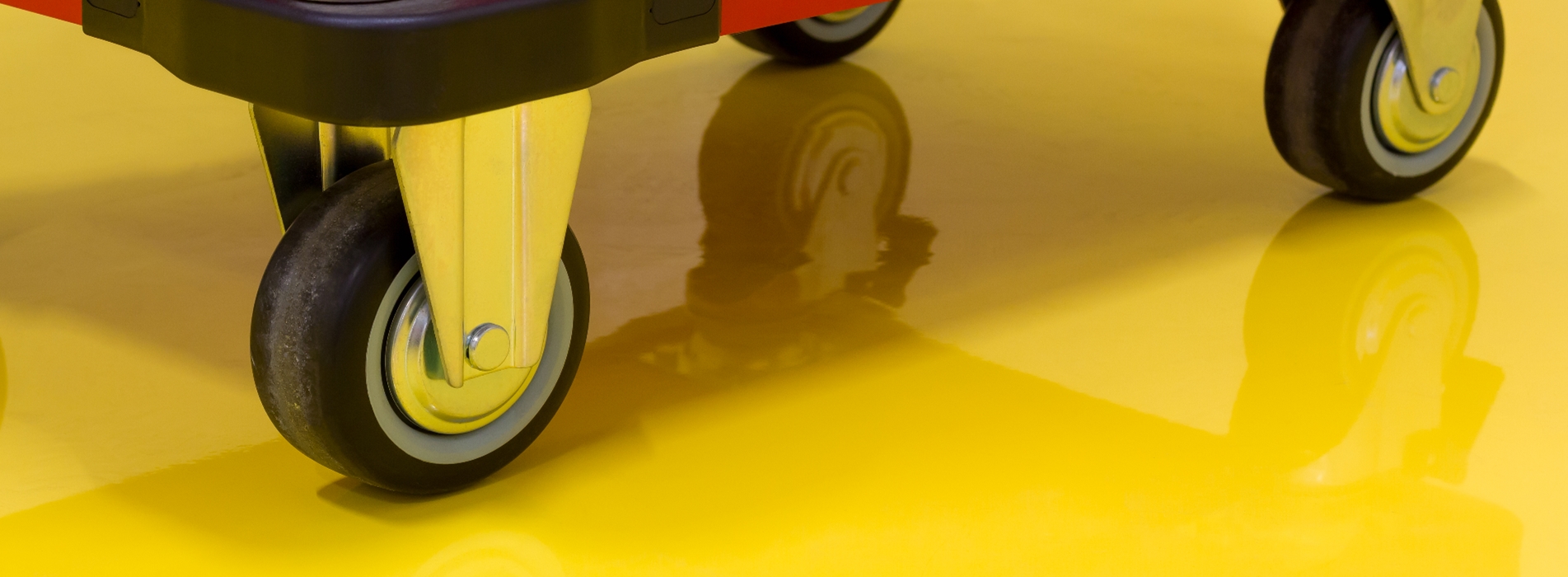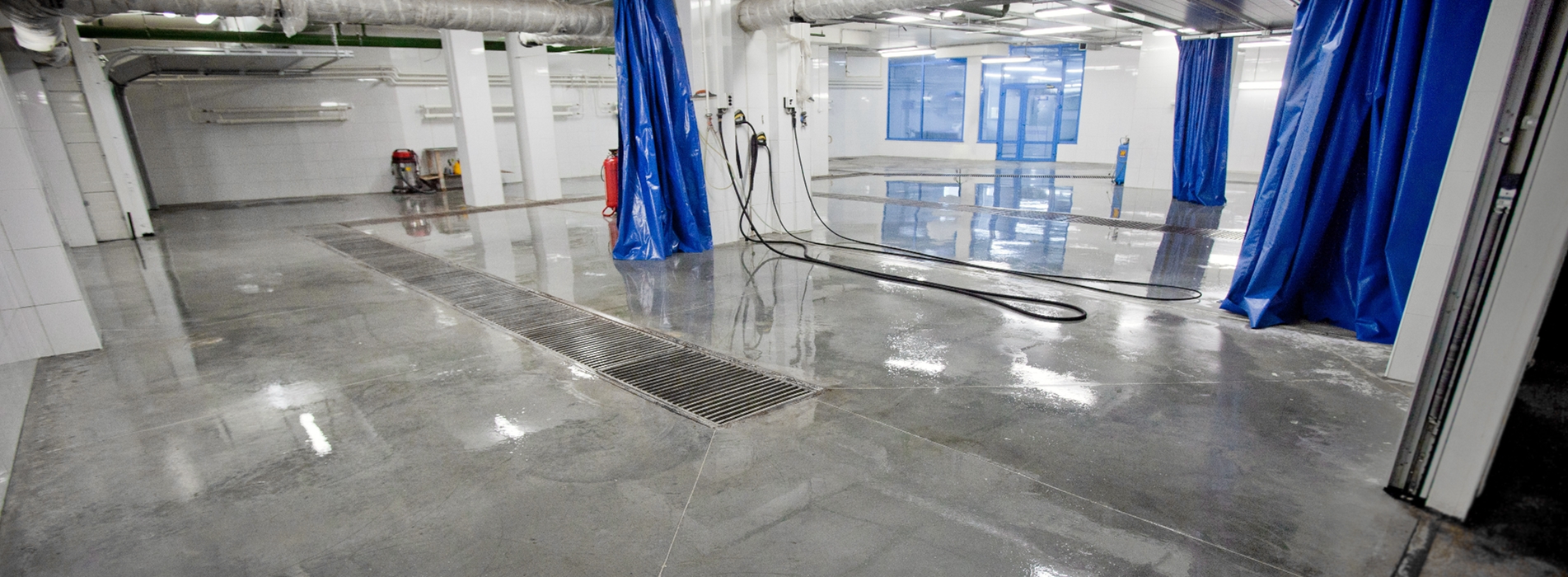Concrete Repair & Levelling
There's More to it than you think
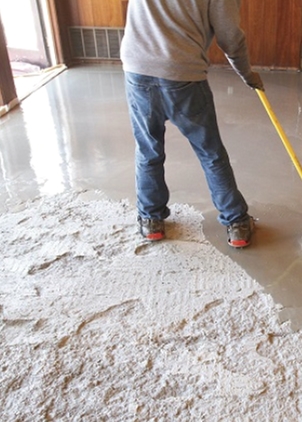
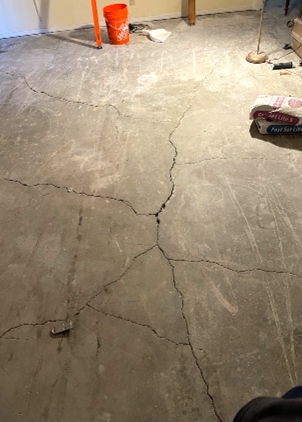
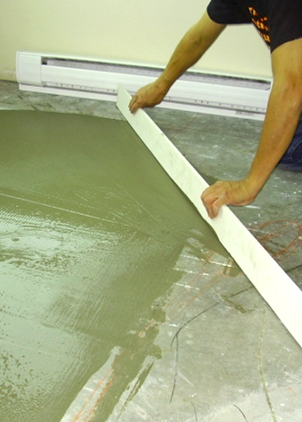
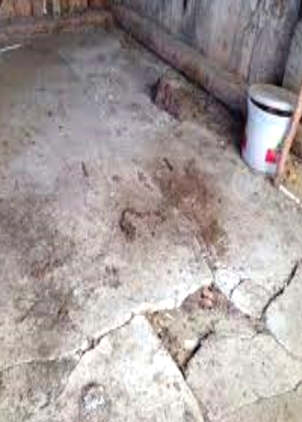
Concrete surfaces may develop cracks, spalling, or other forms of damage due to factors such as heavy use, water infiltration, freeze-thaw cycles, and settling. Repairing these surfaces involves addressing the underlying issues and filling or resurfacing the damaged areas.
Common Concrete Surface Problems:- Cracks:
- Small hairline cracks often develop due to drying shrinkage or minor movement in the substrate. Wider cracks can result from settling, poor installation, or heavy loads.
- Spalling:
- Spalling occurs when the surface layer of the concrete flakes off, typically due to moisture, freeze-thaw cycles, or improper curing during installation.
- Pitting:
- Pitting refers to small holes or depressions in the surface of the concrete, often caused by wear and tear, exposure to salt, or chemical damage.
- Uneven Surfaces:
- Uneven or sunken concrete slabs are caused by settling, poor compaction, or shifting soil beneath the slab. This can create tripping hazards and drainage issues.
Methods for Repairing Concrete Surfaces:
- Crack Filling:
- For small cracks: Epoxy, polyurethane, or polymer-based crack fillers are used to seal hairline cracks, preventing water from infiltrating and causing further damage.
- For larger cracks: A more robust filler, such as a concrete patch compound or mortar, is applied. These products are often reinforced with bonding agents to ensure the repair material adheres properly to the surrounding concrete.
- Spalling Repair:
- Spalled concrete is typically repaired by removing the damaged surface and applying a resurfacing product like a polymer-modified cement or self-leveling compound.
- If the damage is extensive, grinding down the surface or reapplying a thin overlay may be necessary to restore smoothness and strength.
- Patching Pitting:
- Small pits can be patched with a ready-to-use concrete patching compound. For more widespread pitting, an entire resurfacing treatment may be applied to provide a smooth, consistent finish.
- Resurfacing:
- In cases of widespread surface damage (such as deep spalling or extensive cracking), a concrete resurfacer can be applied over the entire surface. This creates a new, smooth layer of concrete over the damaged slab.
- Resurfacing is commonly done with a polymer-modified cementitious overlay, which bonds to the old concrete and restores its appearance and functionality.
Concrete leveling addresses uneven or sunken concrete surfaces, which can create safety hazards and affect drainage. It involves raising the sunken slab back to its original position, often without the need for full replacement.
Common Causes of Uneven Concrete:- Soil Erosion: Water washing away the supporting soil underneath a slab can cause it to settle unevenly.
- Compaction Issues: If the soil wasn’t properly compacted during installation, settling may occur over time, leading to uneven surfaces.
- Heavy Loads: Excessive weight on certain areas (e.g., driveways or patios) can cause sections to sink.
Methods for Leveling Concrete:
- Self-Leveling Compounds:
- Self-leveling compounds are ideal for fixing minor dips or low spots in concrete. These compounds are poured over the surface, and they automatically spread out to fill gaps and create a level surface.
- Applications: Self-leveling products are commonly used in interior flooring projects, such as preparing a floor for tile, carpet, or hardwood.
- Concrete Grinding:
- If the surface is uneven but structurally sound, concrete grinding can be used to smooth out high spots. This is often done with specialized grinders that remove a thin layer from the top of the concrete slab.
- Applications: Used for interior and exterior surfaces where small height differences need to be corrected.
- Slabjacking:
- Slabjacking involves drilling holes into the sunken concrete slab and pumping a slurry mixture (usually made of sand, cement, and water) beneath the slab. The pressure of the slurry raises the slab to the desired level.
- Pros: It’s a cost-effective option for leveling large areas of concrete, such as driveways or sidewalks.
- Cons: It’s more suited for outdoor projects and may not be appropriate for every environment.
- Polyurethane Foam Injection:
- This is a more modern alternative to slabjacking. Small holes are drilled into the concrete, and polyurethane foam is injected under the slab. The foam expands and lifts the slab to its original level.
- Advantages:
- Lightweight, which reduces the risk of further sinking.
- Cures quickly, often allowing for use of the slab within hours.
- More precise than slabjacking.
- Applications: Frequently used for both residential and commercial concrete leveling, including driveways, patios, and industrial floors.
- When to Repair:
- Cracks or damage are minor and the slab is structurally sound.
- Unevenness is minimal and can be addressed with self-leveling compounds or surface treatments.
- Damage is limited to the surface layer (spalling, pitting), and a resurfacing treatment will restore the slab.
- When to Replace:
- The slab has extensive structural damage (e.g., deep cracks or settling) that compromises its integrity.
- Major settling has occurred, and slab lifting techniques are insufficient.
- The concrete has become too thin or weak due to repeated damage or wear.
- Self-Leveling Compounds:
- Self-leveling compounds are ideal for fixing minor dips or low spots in concrete. These compounds are poured over the surface, and they automatically spread out to fill gaps and create a level surface.
- Applications: Self-leveling products are commonly used in interior flooring projects, such as preparing a floor for tile, carpet, or hardwood.
- Concrete Grinding:
- If the surface is uneven but structurally sound, concrete grinding can be used to smooth out high spots. This is often done with specialized grinders that remove a thin layer from the top of the concrete slab.
- Applications: Used for interior and exterior surfaces where small height differences need to be corrected.
- Slabjacking:
- Slabjacking involves drilling holes into the sunken concrete slab and pumping a slurry mixture (usually made of sand, cement, and water) beneath the slab. The pressure of the slurry raises the slab to the desired level.
- Pros: It’s a cost-effective option for leveling large areas of concrete, such as driveways or sidewalks.
- Cons: It’s more suited for outdoor projects and may not be appropriate for every environment.
- Polyurethane Foam Injection:
- This is a more modern alternative to slabjacking. Small holes are drilled into the concrete, and polyurethane foam is injected under the slab. The foam expands and lifts the slab to its original level.
- Advantages:
- Lightweight, which reduces the risk of further sinking.
- Cures quickly, often allowing for use of the slab within hours.
- More precise than slabjacking.
- Applications: Frequently used for both residential and commercial concrete leveling, including driveways, patios, and industrial floors.
Methods for Repairing Concrete Surfaces:
- Crack Filling:
- For small cracks: Epoxy, polyurethane, or polymer-based crack fillers are used to seal hairline cracks, preventing water from infiltrating and causing further damage.
- For larger cracks: A more robust filler, such as a concrete patch compound or mortar, is applied. These products are often reinforced with bonding agents to ensure the repair material adheres properly to the surrounding concrete.
- Spalling Repair:
- Spalled concrete is typically repaired by removing the damaged surface and applying a resurfacing product like a polymer-modified cement or self-leveling compound.
- If the damage is extensive, grinding down the surface or reapplying a thin overlay may be necessary to restore smoothness and strength.
- Patching Pitting:
- Small pits can be patched with a ready-to-use concrete patching compound. For more widespread pitting, an entire resurfacing treatment may be applied to provide a smooth, consistent finish.
- Resurfacing:
- In cases of widespread surface damage (such as deep spalling or extensive cracking), a concrete resurfacer can be applied over the entire surface. This creates a new, smooth layer of concrete over the damaged slab.
- Resurfacing is commonly done with a polymer-modified cementitious overlay, which bonds to the old concrete and restores its appearance and functionality.
A bit busy right now but want to talk later? Insert your phone number into the orange ‘Don’t Call Us – We’ll Call You‘ section towards the bottom of this page.

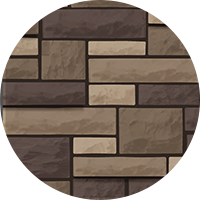
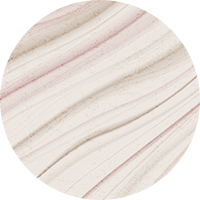
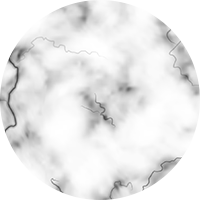
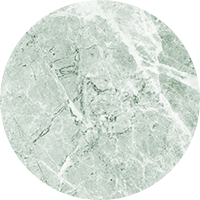
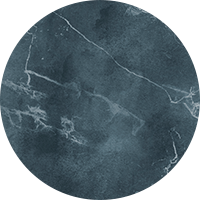
about us
Choose Your
Own Color
Consider the existing elements in the room: When choosing colors
for a room, consider the existing elements such as furniture, artwork
and flooring, and choose colors that
